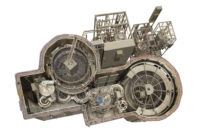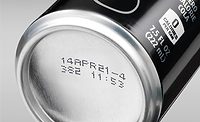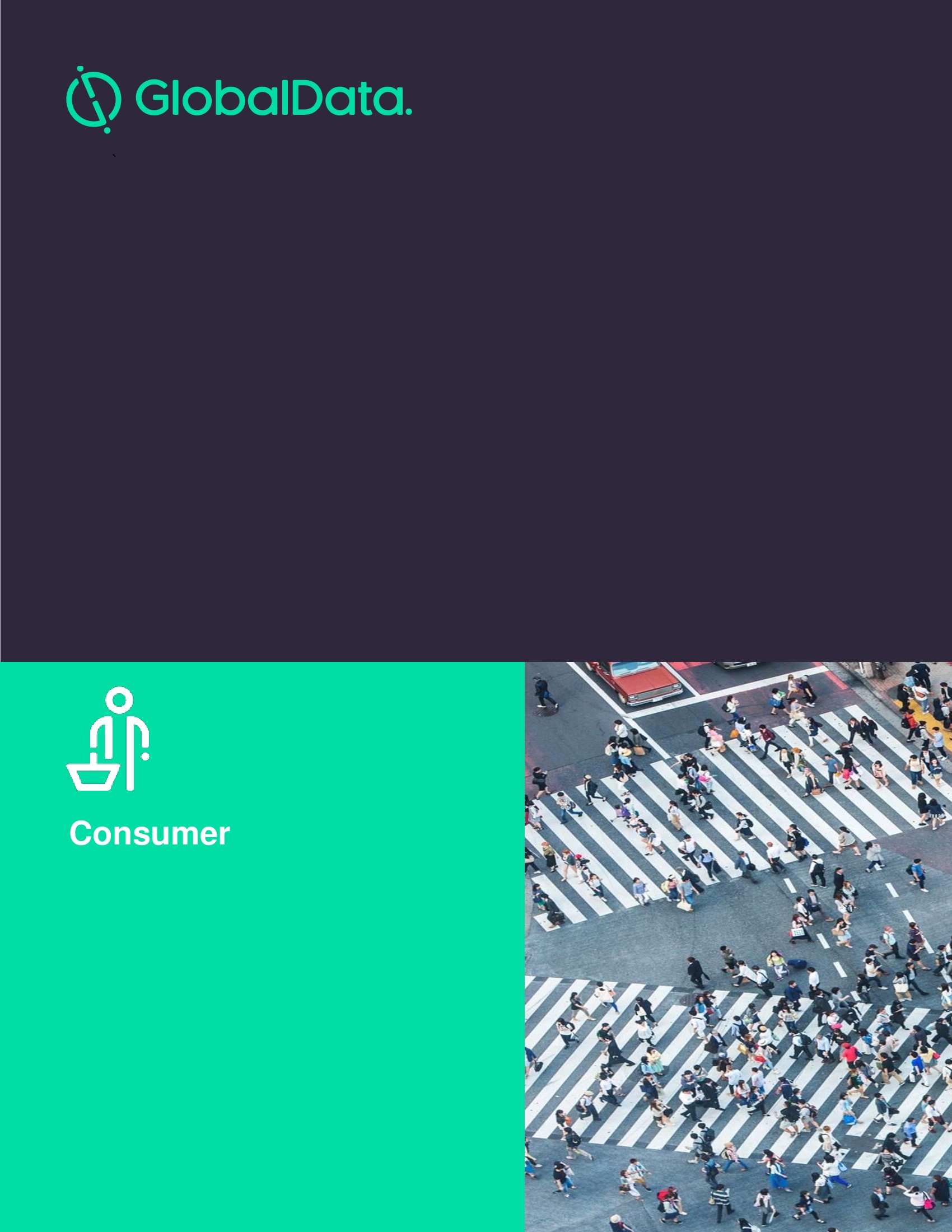Coding equipment hitting on all fronts
SKU proliferation influencing technology

Domino Printing Sciences plc’s A420i continuous inkjet printer provides an offering of new specialist and custom inks that have been designed to optimize performance in demanding environments, including washable and moisture-resistant inks for the beverage sector, the company says. (Image courtesy of Domino Printing Sciences plc)

Videojet added two new Thermal Transfer Overprinters (TTO) to its DataFlex product line. The new DataFlex 6320 and DataFlex 6420 are designed to address a range of flexible packaging and labeling applications and can print on shrink-sleeve labels, the company says. (Image courtesy of Videojet)

Domino North America offers laser technology that prints on a wide range of packaging materials and substrates. (Image courtesy of Domino North America)



In the 1983 holiday classic “A Christmas Story,” Ralphie eagerly checks the mail for his decoder pin from the “Little Orphan Annie” radio show only to be disappointed when he finally solves the code and discovers it is nothing more than an advertisement. Although Ralphie’s first coding experience might not have met his expectations, within the consumer packaged goods (CPG) market, coding technology is living up to its reputation.
“Beverage manufacturers want simple-to-use, highly efficient and reliable marking and coding technology,” says John Malette, sales manager with Hitachi America Ltd., Charlotte, N.C.
These requests could stem from a number of trends taking place within the beverage market including SKU proliferation. “Beverage companies now have to change over their lines more than ever,” says Matt Perkins, vertical marketing manager with Videojet, Wood Dale, Ill. “With expensive filling and packaging equipment, producers have no tolerance for downtime. With that in mind, coders need to be ready to code on the next product as quickly as possible.”
Videojet offers printers that are designed to be inherently simple to keep operators focused on production, he says. “Our visual, menu-driven interface enables easy operation and message updates,” Perkins says. “We have technology-specific enhancements to aid operator workflow such as automated setup and calibration on Videojet Continuous Ink Jet (CIJ) printers. We also have easily adjustable printers to facilitate line changeover.”
John Hall, product manager for laser solutions with Domino North America, Gurnee, Ill., notes that the mass customization that has led to much SKU proliferation can present operational challenges within a beverage facility. “It puts a lot of pressure on these guys to constantly be changing their bottling lines for a new product size or a new product flavor in the filler,” he says. “A lot of times, the coding equipment and what we need to be for the beverage supplier is to be part of [manufacturers’] changeover processes because there are a lot of things that they need to change over, and we cannot be any kind of complication on that.”
Bill Bonaccorsi, director of marketing for Domino North America, adds that the company offers a wide array of printers and has a new product coming out utilizing its laser technology that will offer greater capability and flexibility. Domino also is producing some ancillary accessories to assist in faster changeover, he adds.
Dean Hornsby, business development for CPG markets with Matthews Marking Systems, says that SKU proliferation also can be costly to manage and can affect operational performance; however, the Pittsburgh-based company is equipped to handle the proliferation by networking databases with its inline coders.
“ERP systems can integrate with our coding systems to automate product changeover,” Hornsby says. “Users no longer manually select codes, which results in more accurate codes and less packaging waste.”
Getting inked
Packaging trends in the beverage marketplace also can affect the type of coding equipment that manufacturers are looking for, such as the increased use of plastic substrates including polyethylene terephthalate (PET). “Less cans and more PET bottles means laser for PET is being considered to compare with inkjet,” Hitachi’s Malette says. “As bottles are designed with thinner walls to save weight and plastic resin costs, inkjet is being reconsidered due to the possibility that lasers can cause holes in these thinner PET plastic bottles.”
Malette adds that the company’s inks are designed to work well on both cans and PET with fast dry times, clear and legible marks, and near permanent adhesion. Additionally, Hitachi America Ltd. released a new RX inkjet series, which runs 9 percent faster than previous models, he says.
Noting the demands of high-speed lines in the beverage market, Videojet’s Perkins says that one of the benefits of using inkjet printers is their ability to keep up with those speeds. The company recently developed its 1620 Ultra High Speed Continuous Ink Jet Printer, which was designed with the beverage industry in mind.
“What is really interesting about this product is that, in the past, printer limitations have required balancing throughput targets while ensuring consistent quality, accuracy and legibility,” he says. “Today, the challenge has been further increased through supply chain, marketing and regulatory requirements — all requiring more code content without sacrificing the legibility needed to inform your customers and meet your traceability objectives. This product breaks this compromise between speed and content with markedly better print quality.”
The product also features the Videojet Precision Ink Drop system featuring high-frequency printhead design and software algorithms as well as Videojet’s Dynamic Calibration utilizing sophisticated measurements and controls to adjust jetting parameters automatically, Perkins adds.
Also utilizing inkjet technology, Markem-Imaje released its 9232 S inkjet coder, a one-size-fits-all technology for printer and ink solutions for all containers and speeds utilized in the beverage industry, says Sylvain Clement, market segment manager of beverage for the Bourglès-Valence, France -based company.
“[The] printer can be easily switched from one production line to another for maximized flexibility and it zeros the risk of ink error from the operators,” he says.
Noting that Domino North America’s laser-to-inkjet split is approximately 60 to 40, respectively, Bonaccorsi says that the company has built in some programs and product features that specifically serve beverages that utilize inkjet printing. Earlier this year, Domino Printing Sciences plc, the parent company of Domino North America, released the A420i continuous inkjet printer with intelligent technology (i-Tech), a service-free ink system that delivers ultra-low makeup usage, reducing costs and operator intervention, the company says.
Laser opportunities
Although beverage-makers will continue to use inkjet printers on aluminum cans to offer color contrast, equipment suppliers have perfected ways to allow manufacturers to utilize laser technology even when taking into account lightweighted plastic bottles.
“Our lasers are continuously improving as laser technology continues to evolve with the introduction of different laser wavelengths, faster and smaller electronics, additional software options, etc., which allows us to offer the customer higher production line speeds while coding more information on their products,” says Bill Andre with laser products for ID Technology, Fort Worth, Texas.
The company offers a carbon dioxide (CO2) laser with a standard wavelength of 10.6 microns as well as a PET 9.3 micron. “What the 9.3 micron CO2 laser allows us to do, because of its reaction with PET, is to use a lower-wattage laser to mark the same or higher speeds than the standard 10.6 wavelength,” Andre explains.
Matthews Marking Systems’ Hornsby says that the company provides laser coding systems that provide highly visible, opaque codes that don’t reduce wall thickness on PET containers. “This is a major concern when it comes to pressurized bottles or when nitrogen dosing is used to strengthen the PET container wall, as beverage producers strive to decrease the use of materials and cost of packaging,” he says.
Hornsby also notes that, in most situations, beverage-makers can receive a return on investment in less than one year with laser technology. “Laser coding systems produce the highest quality code possible and eliminate printing consumables and downtime associated with conventional inkjet coding systems,” he says.
Domino’s Hall adds that a beverage environment can be a challenging place for a laser because you need to protect it from washdown, syrup, etc.; however, the company optimizes its power concentration to be efficient with the available power, which allows for faster coding.
“Being a leader in laser technology and innovation for beverage has been a primary driver for us expanding our range and variance of laser solutions,” Domino’s Bonaccorsi says. “In beverage, in some plants [that] are the most demanding, if you will, we have a 60-watt laser that is water cooled, so we do things pretty specifically both for the harshest and everyday applications throughout our product line.”
Also within the laser technology segment, Markem-Imaje recently released its SL C Series laser with two versions: one engineered for coding on PET and the other for labels on high-end cartons, Clement says.
“This new series of laser printers has been specially designed for beverage industry needs, meeting all the speed requirements whatever the production line, and [meets] standard [inclusion] of water jets ingression protection with use of plant air,” he adds.
Looking for a reprint of this article?
From high-res PDFs to custom plaques, order your copy today!












